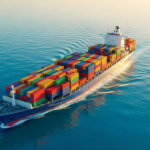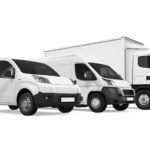- By TOP CHINA FREIGHT
- September 30, 2025
- Shipping
Table of Contents
Finding cheap freight from China to Australia is a constant challenge for importers. Shipping costs can take up a large portion of the supply chain budget, and choosing the wrong method may reduce profit margins. However, with proper planning and an understanding of available options, businesses can secure affordable freight solutions without compromising reliability. This guide explores cost-saving techniques, different shipping methods, customs requirements, and strategies to achieve efficient logistics.
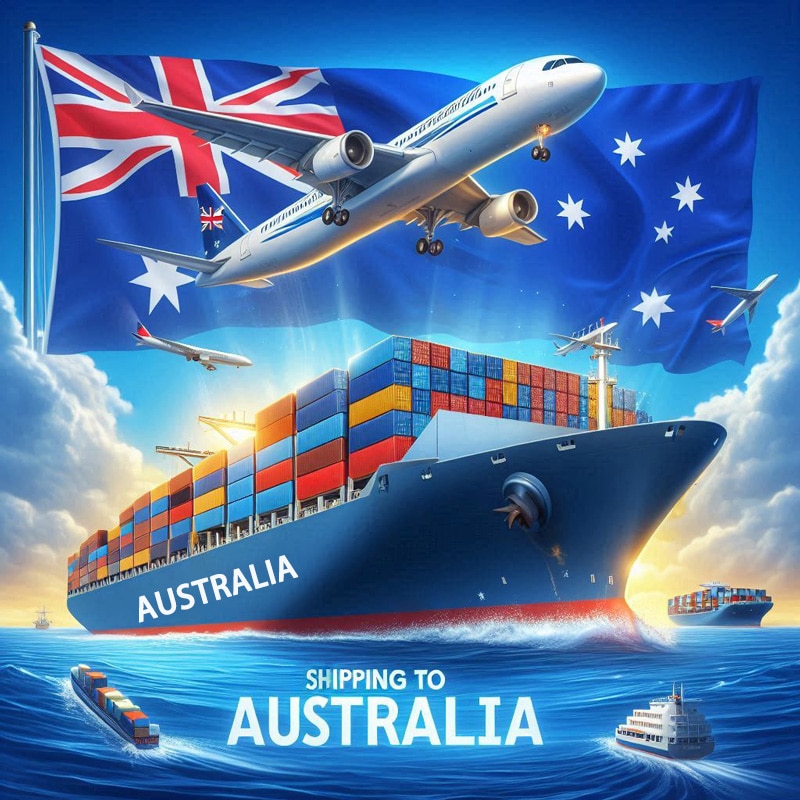
What are the main freight options from China to Australia?
Importers typically choose between sea freight, air freight, express couriers, or multimodal solutions. Each option varies in cost, transit time, and suitability.
Table: Freight Options Overview
| Method | Average Cost (per kg/container) | Transit Time | Best For | Pros | Cons |
|---|---|---|---|---|---|
| Sea Freight | $1,500–$3,000 per 20ft container | 20–35 days | Bulk goods, raw materials, machinery | Cheapest for volume, wide capacity | Slower, port delays possible |
| Air Freight | $5–$8 per kg | 3–7 days | Electronics, high-value goods | Fast, predictable schedules | High cost for heavy shipments |
| Express Courier | $7–$12 per kg | 2–5 days | Small parcels, e-commerce orders | Door-to-door, fastest option | Not ideal for bulk cargo |
| Multimodal | Varies | 10–20 days | Balanced logistics needs | Combines cost efficiency & speed | Requires complex coordination |
Understanding these options helps businesses align their shipping method with product type, budget, and delivery timeline.
How much does sea freight from China to Australia cost?

Sea freight is the most economical method for cheap freight from China to Australia. Rates depend on container size, route, and season.
Table: Sea Freight Container Costs
Full container loads (FCL) are cost-effective for bulk shipments, while less-than-container loads (LCL) help smaller businesses share space and reduce expenses.
Why is air freight more expensive than sea freight?
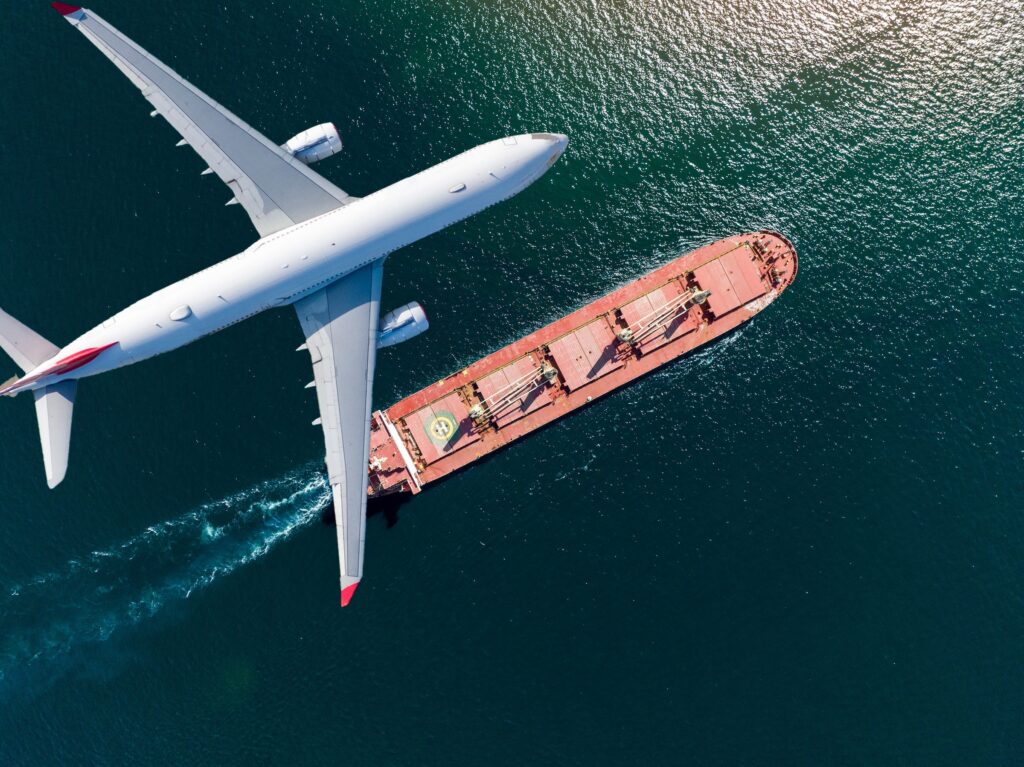
Air freight ensures quick delivery but costs significantly more. Pricing is calculated using chargeable weight, which considers both actual and volumetric dimensions. This means lightweight but bulky cargo may be priced higher than expected.
For instance, a shipment of 500 kg of fashion items might cost $3,000–$4,000 by air but under $1,500 by sea. Despite the higher price, companies often rely on air freight when fast delivery is critical, especially for seasonal stock or high-value electronics.
What customs documents are required?
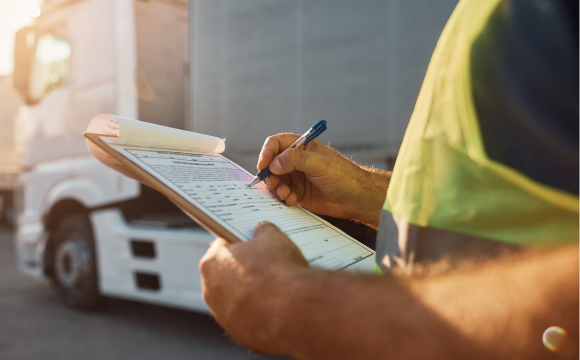
Smooth customs clearance is crucial for affordable logistics. Missing paperwork can cause delays, storage fees, or fines.
Checklist: Required Customs Documents
| Document | Purpose |
|---|---|
| Commercial Invoice | Declares value and description of goods |
| Packing List | Lists cargo details and packaging units |
| Bill of Lading / Air Waybill | Transport contract and receipt |
| Import Declaration | Required for Australian Border Force entry |
| Certificate of Origin | Confirms manufacturing country |
Using an experienced freight forwarder helps businesses avoid mistakes in documentation and reduces clearance delays.
How can businesses reduce freight costs?
Proper packing ensures maximum space efficiency.
Experienced forwarders can provide discounted rates due to bulk contracts.
Rates increase before peak seasons such as Christmas and Chinese New Year.
Selecting the nearest Chinese port to the supplier reduces inland transport costs.
Sharing containers through LCL lowers upfront costs.
Urgent bookings often attract premium surcharges.
Case Study: Retailer shipment from Shenzhen to Melbourne
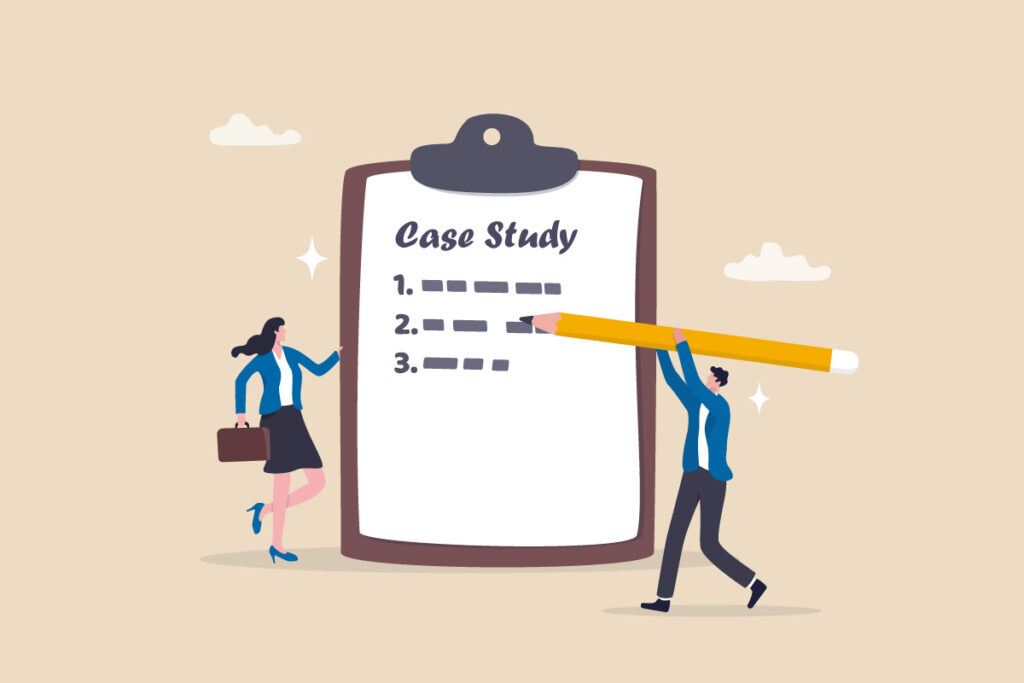
A medium-sized fashion retailer shipped 12 cbm of apparel from Shenzhen to Melbourne. Instead of paying for a full 20ft container, the company opted for LCL consolidation. The freight cost was $1,900 compared to $2,800 for FCL. Although customs clearance took two extra days, the company saved 32% on logistics expenses. This decision allowed the retailer to allocate savings to marketing campaigns, boosting seasonal sales.
Should you choose FCL or LCL shipping?
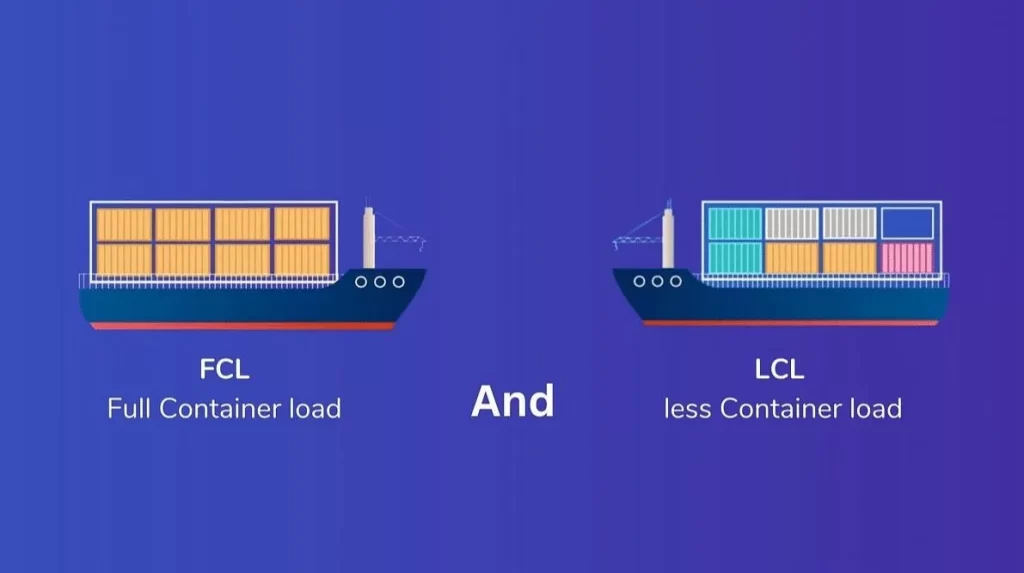
The decision depends on shipment size, urgency, and budget.
Table: FCL vs LCL Comparison
| Factor | FCL | LCL |
|---|---|---|
| Cost | Higher upfront, cheaper per unit | Lower upfront, higher per unit |
| Security | Less handling, safer for cargo | More handling, higher risk of damage |
| Speed | Faster customs clearance | Possible delays in consolidation |
| Flexibility | Best for bulk shipments | Best for small, irregular volumes |
Businesses should calculate total logistics costs before deciding, considering warehousing and delivery schedules.
Does freight insurance save money long term?
Yes. Insurance typically costs 0.5%–1% of the shipment’s value but protects against losses due to accidents, damage, or theft. For high-value items like electronics or machinery, insurance prevents major financial setbacks. Even for smaller businesses, the security it offers outweighs the small premium.
What factors influence freight rates most?
Changes in oil markets directly impact surcharges.
Rates rise during holidays and peak retail seasons.
Different ports impose varying fees.
Hazardous or oversized items require special handling.
Reputable forwarders often negotiate cheaper rates with carriers.
How do logistics trends affect shipping costs?
Global logistics trends such as container shortages, port congestion, and environmental regulations impact freight prices. Recently, carriers introduced sustainability surcharges to comply with emission standards. Additionally, geopolitical factors and fuel price fluctuations continue to influence shipping costs from China to Australia. Staying updated on these trends helps importers adapt strategies and maintain cost efficiency.
Conclusion
Cheap freight from China to Australia is achievable through careful planning, choosing the right method, and partnering with reliable freight forwarders. Sea freight remains the most cost-effective option, while air freight and express couriers serve urgent needs. Businesses can save money by consolidating shipments, booking early, and optimizing container use. Ultimately, balancing cost with speed and reliability ensures a competitive edge in international trade.
Need a Shipping Quote?
Click below to get a free, no-obligation quote from TJ China Freight.
We’ll respond within 24 hours with the best shipping options for your cargo.
FAQ
Q1:How do I calculate shipping charges?
Charges are based on container type, cargo volume, weight, and port fees. Freight forwarders usually provide an all-inclusive quote covering these factors.
Q2:Can I track my shipment in real time?
Yes, most freight forwarders and carriers provide digital tracking tools. These allow importers to monitor shipments and adjust supply chain schedules accordingly.
Q3:Do I need a customs broker for importing goods?
While not required by law, customs brokers simplify the clearance process, help avoid fines, and ensure compliance with Australian regulations.
Q4:How early should I book freight space?
Booking at least 3–4 weeks in advance is recommended, especially before peak seasons. Early booking ensures lower rates and better availability.
Q5:What goods are restricted for import into Australia?
Agricultural products, hazardous chemicals, and certain perishable goods require permits or may be restricted. Always check with Australian Border Force before shipping.

